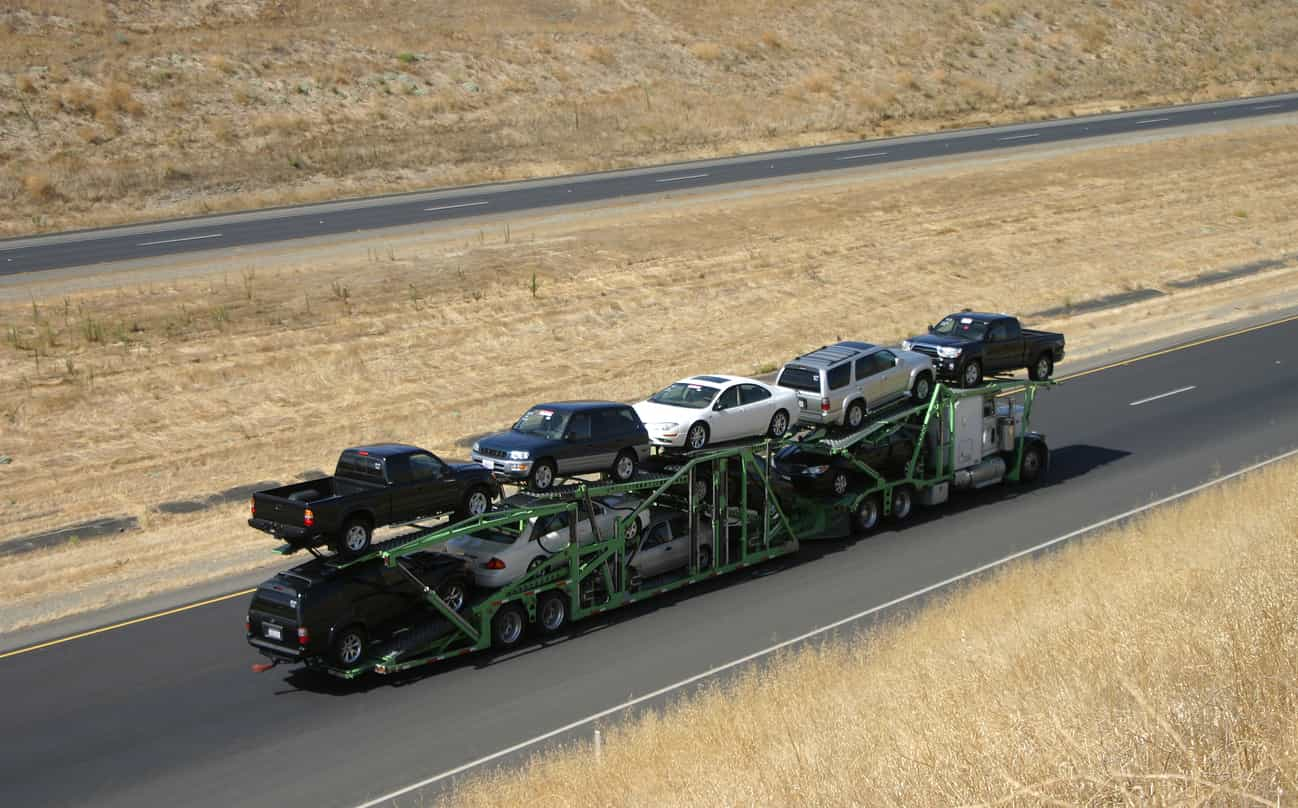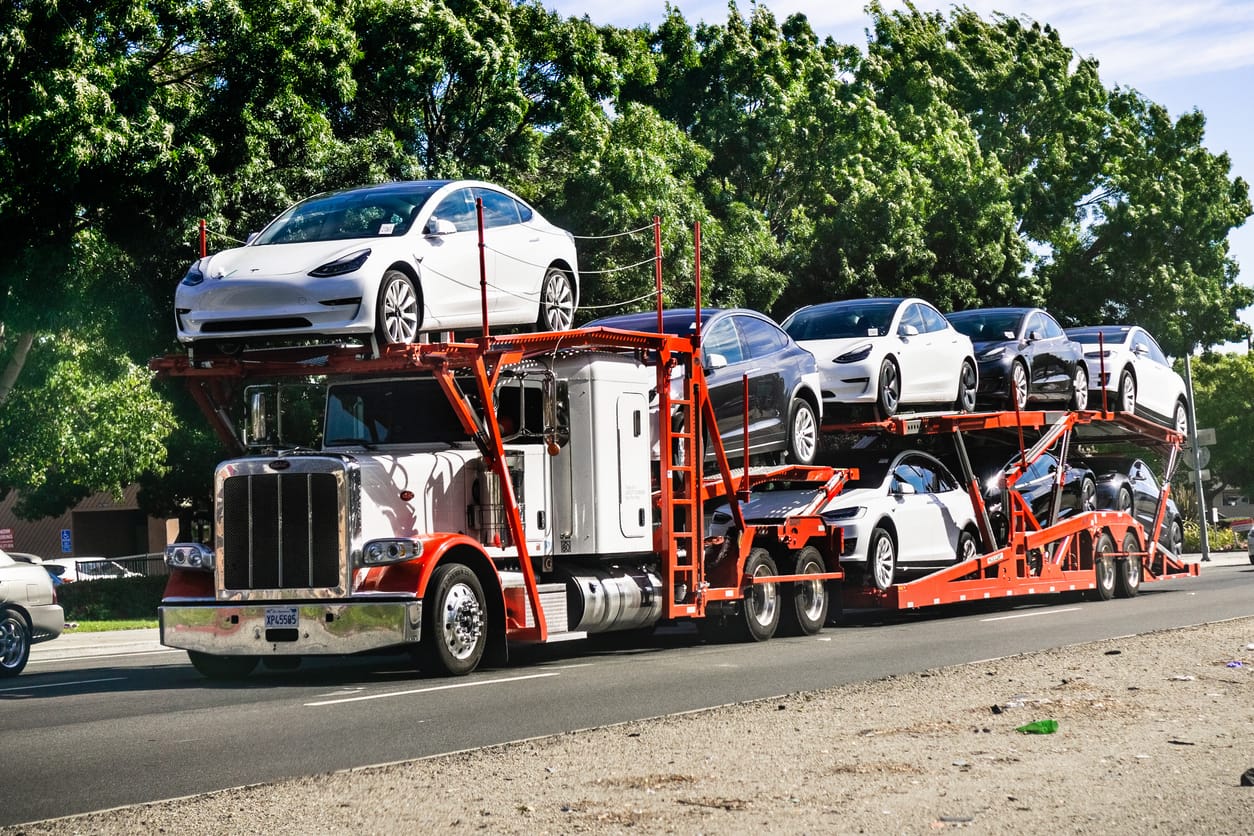Introduction
Globally acknowledged as the powerhouse of the automotive world, the United States brims with intriguing stories about the car shipping industry. Often overlooked, this industry plays a pivotal role in our everyday life. This article unveils the top five amazing facts about the American car shipping industry, providing an in-depth analysis of its inner workings.
Uncovering the Scale of the Operation
From the sun-kissed beaches of California to the bustling cityscapes of New York, millions of vehicles crisscross the United States daily. Many are unaware of the sheer scale of the car shipping industry and the logistical challenges it overcomes.
The Complexity Behind the Scenes
Behind every vehicle delivered, countless professionals are tirelessly working to ensure seamless transportation. The orchestration of these operations reveals a fascinating world of complex logistics and rigorous planning.
The Impact of Geography on Shipping
Geographical features significantly influence the car shipping industry. For instance, the dense urban design of the Northeast poses unique challenges compared to the sprawling expanse of the Midwest. Similarly, the mountainous terrain of Colorado contrasts the flat plains of Kansas, impacting routes and delivery times.
Shipping Through Dense Urban Areas
Navigating the maze-like cities of the Northeast requires skilled drivers and meticulously planned routes. Tight alleyways, congested roads, and rigorous parking regulations add to the complexities of urban car shipping.
Tackling the Wide-Open Spaces
In contrast, the Midwest’s sprawling landscapes offer vast spaces and long distances. Yet, this region presents its own set of challenges. Drivers must endure hours of solitude on lengthy routes, and remote deliveries often require extensive coordination.
The Influence of Seasonal Variations
Climate patterns across the United States also significantly impact car shipping. From winter snowstorms in the North to summer heatwaves in the South, these variations dictate shipping schedules, costs, and methods.
The Winter Challenge in the North
The northern states experience harsh winters, with heavy snowfall and icy conditions affecting road safety. These factors can cause delays and additional costs due to the need for specialized equipment and skilled drivers.
The Summer Test in the South
Conversely, the southern states’ scorching summer temperatures can have adverse effects on vehicles, demanding specialized shipping methods. This implies additional protective measures to ensure safe vehicle delivery in optimal condition.
The Economic Impact of the Car Shipping Industry
The car shipping industry significantly contributes to the American economy. It employs thousands of people and fuels numerous associated businesses, like insurance companies and vehicle maintenance services.
Employment and Career Opportunities
Offering a wide array of job roles, from drivers and logistics coordinators to customer service representatives, the industry provides numerous career opportunities. These positions cater to diverse skill sets and qualifications, making the industry a substantial employer in the United States.
The Economic Ripple Effect
In addition, the car shipping industry indirectly supports several other sectors. For example, insurance companies and vehicle maintenance services heavily rely on the industry, creating an economic ripple effect that enhances the overall US economy.
Safety Measures in Car Shipping
Shipping a vehicle safely and securely is a top priority in the industry. Advanced technologies, professional training, and stringent regulations ensure a high level of safety and reliability in vehicle transportation.
Adopting Advanced Technologies
The use of cutting-edge technologies, such as GPS tracking and telematics, has greatly increased the safety and efficiency of car shipping operations. These technologies enable real-time tracking and communication, increasing transparency and accountability.
Compliance with Regulations
Strict compliance with government regulations and industry standards is another critical aspect of safe car shipping. These regulations govern various aspects, such as driver qualifications, vehicle inspections, and load securing, promoting a safe and secure environment for both workers and consumers.
Conclusion
This deep dive into the American car shipping industry reveals a vast and complex operation, influenced by geographical features, seasonal variations, and the economy. Ensuring vehicle safety remains at its core, achieved through technology and strict regulations. The industry not only fuels the American economy but also offers a myriad of career opportunities, contributing significantly to employment.
FAQ
- How does geography impact car shipping in the United States?
Geographical features significantly influence the routes, delivery times, and costs of car shipping. Urban areas, with their complex layout and congested traffic, contrast the wide-open spaces of rural regions. Moreover, regional climates necessitate adaptations to deal with harsh winters in the North and intense summers in the South. - What are the safety measures in the car shipping industry?
The industry prioritizes safety, employing advanced technologies for real-time tracking and communication. In addition, strict compliance with government regulations and industry standards ensures vehicle safety and promotes a secure working environment.





